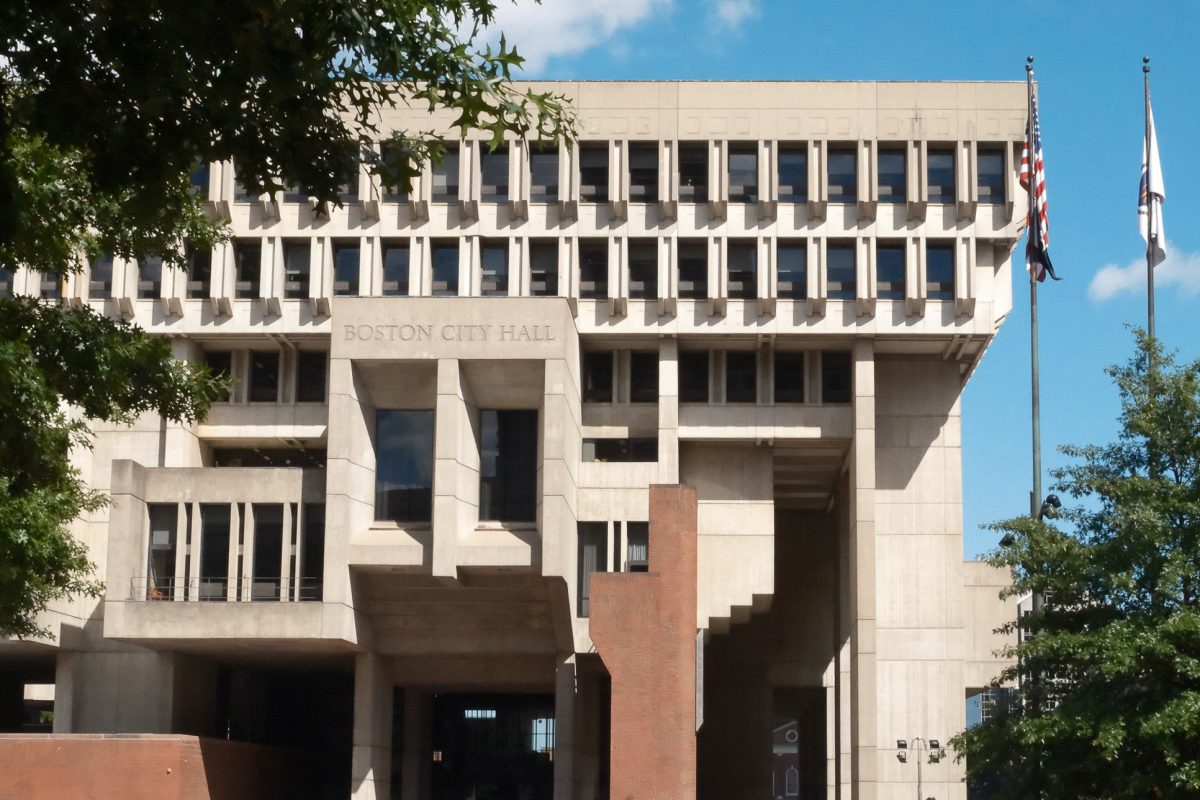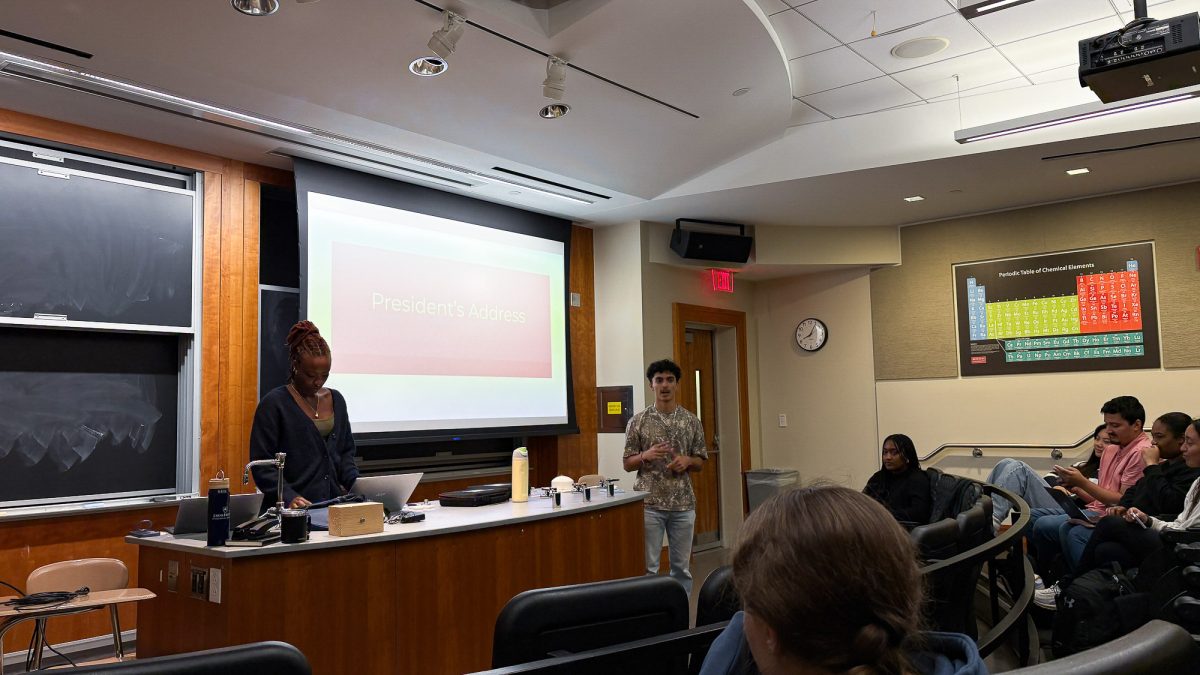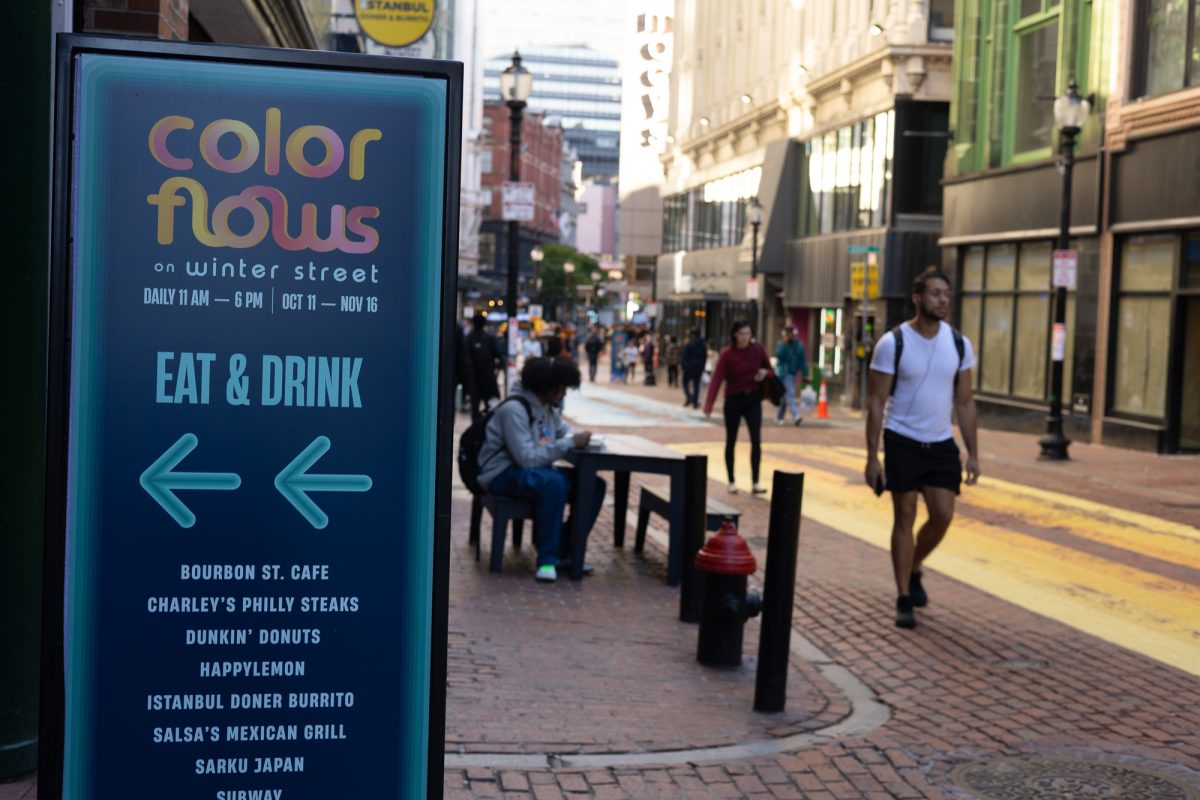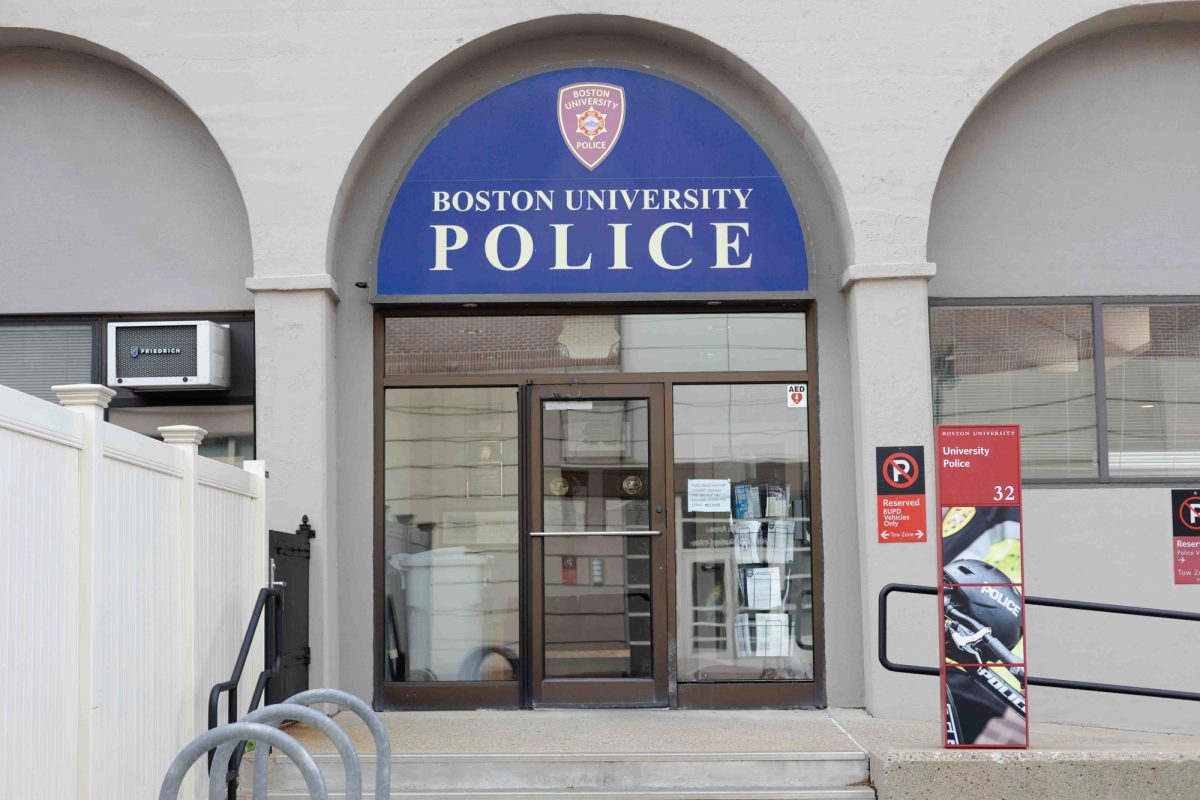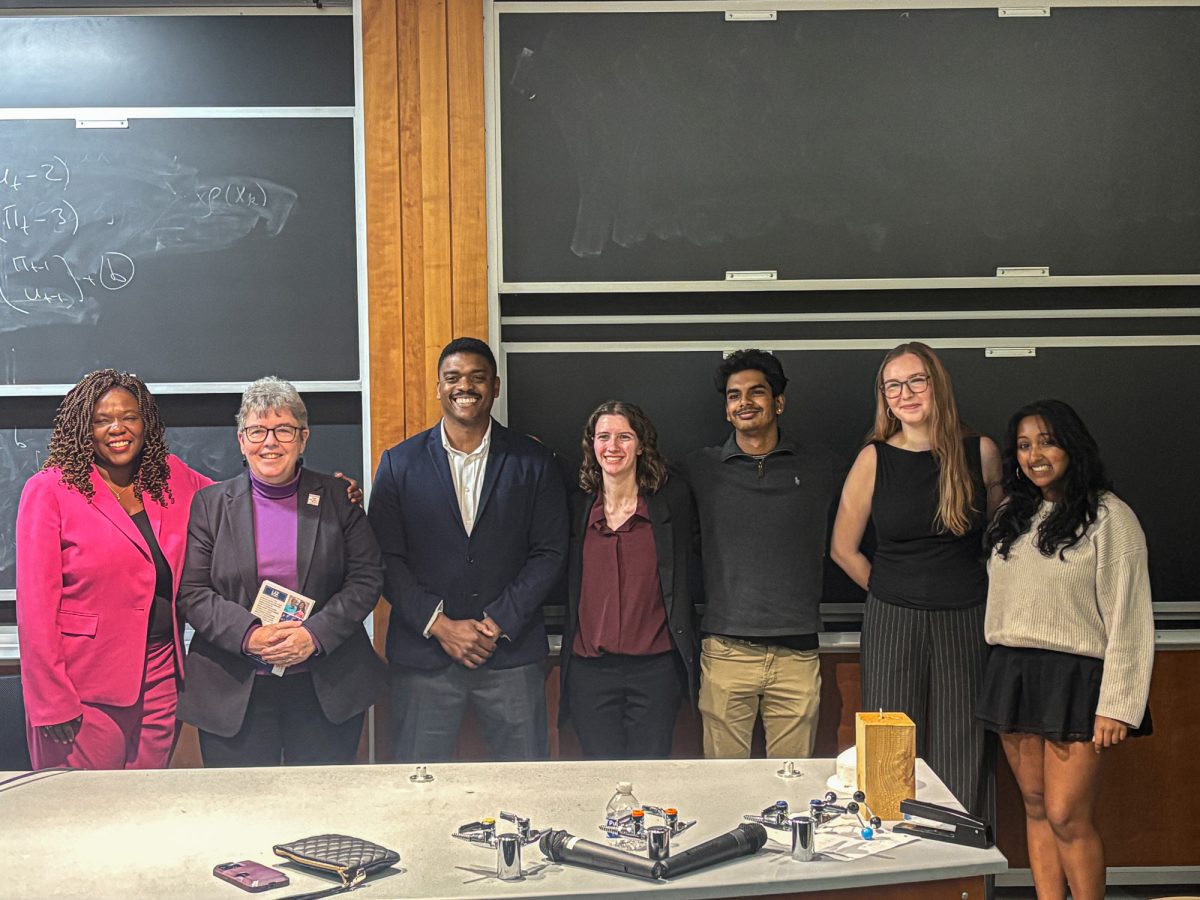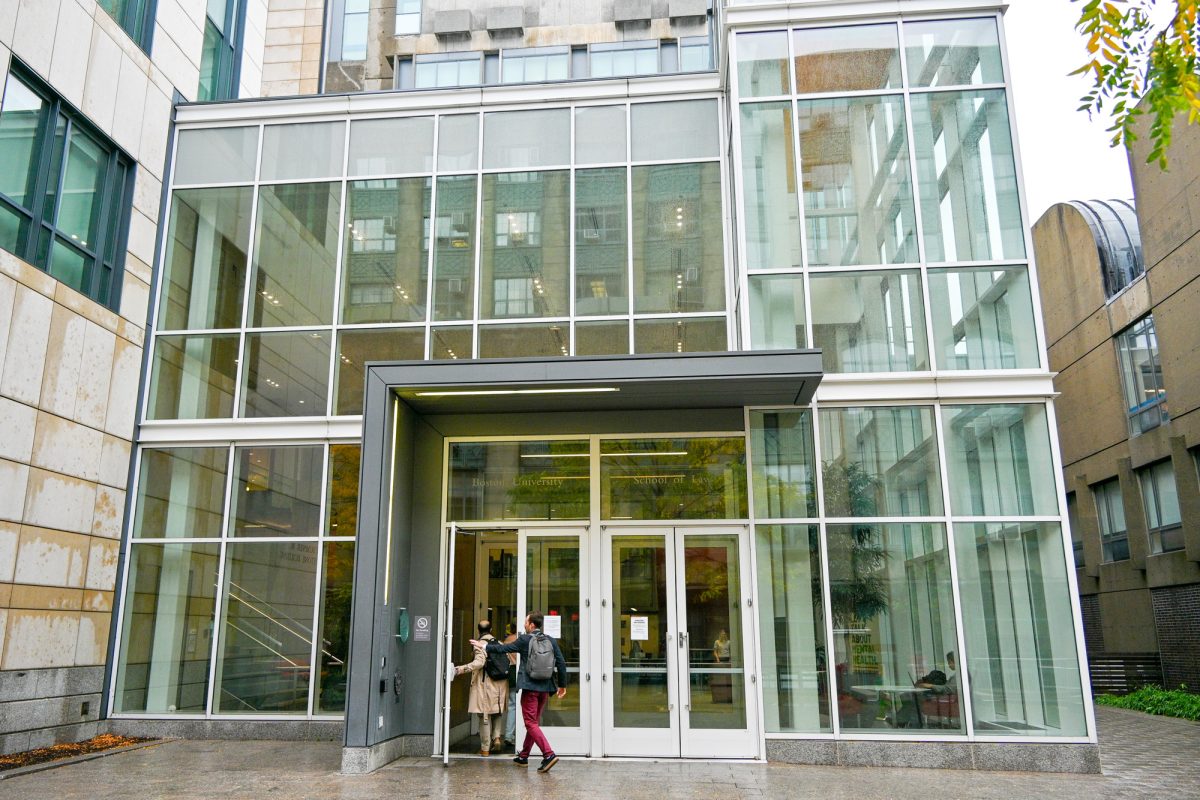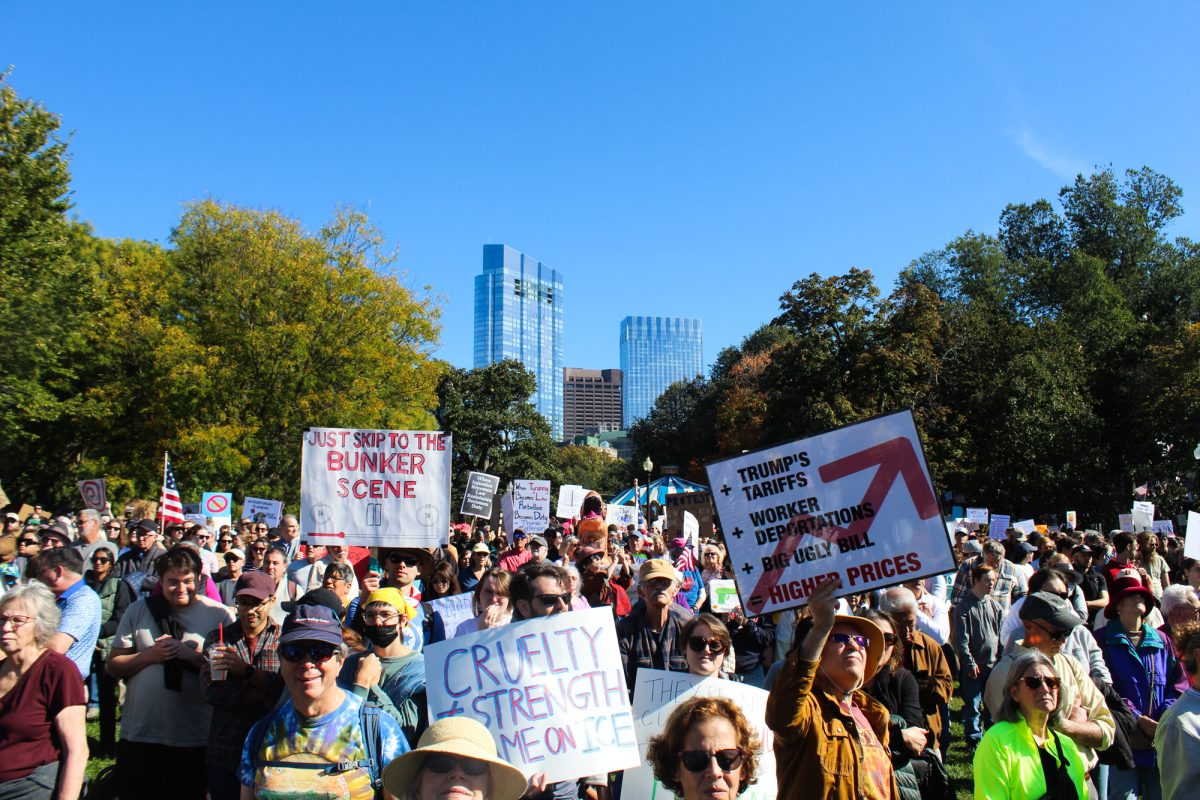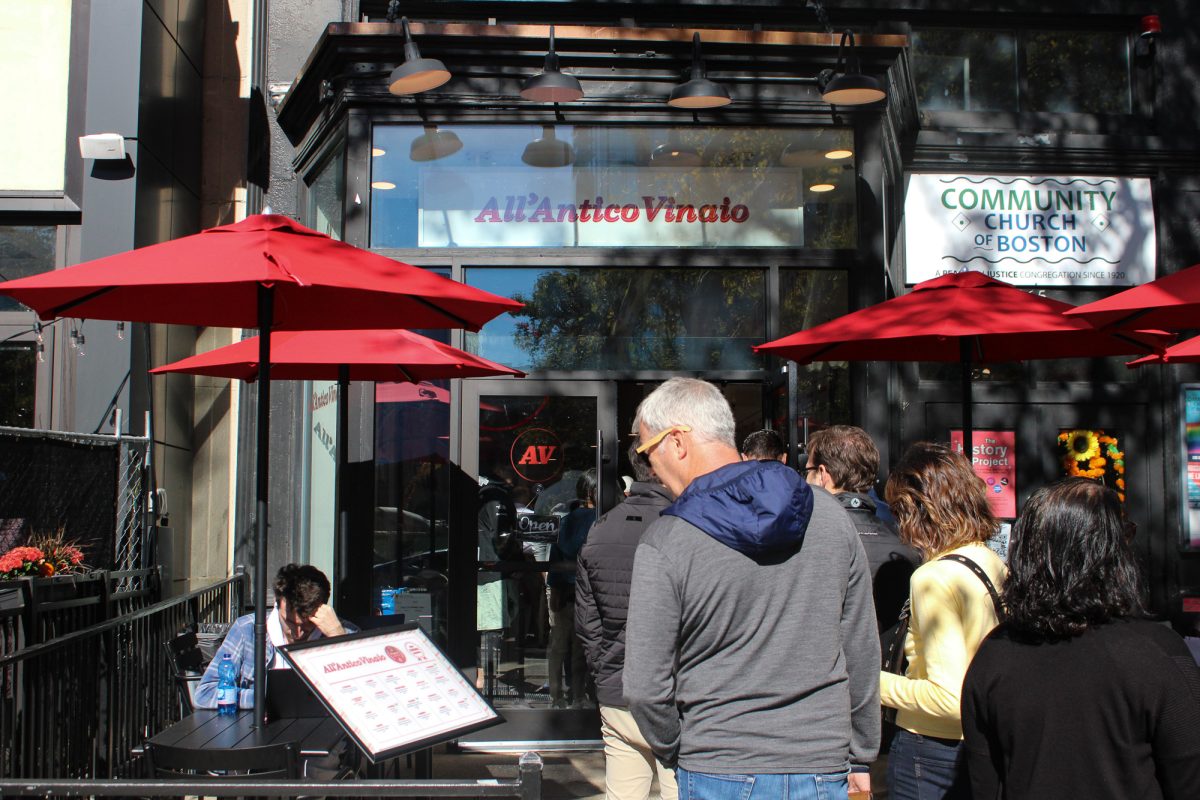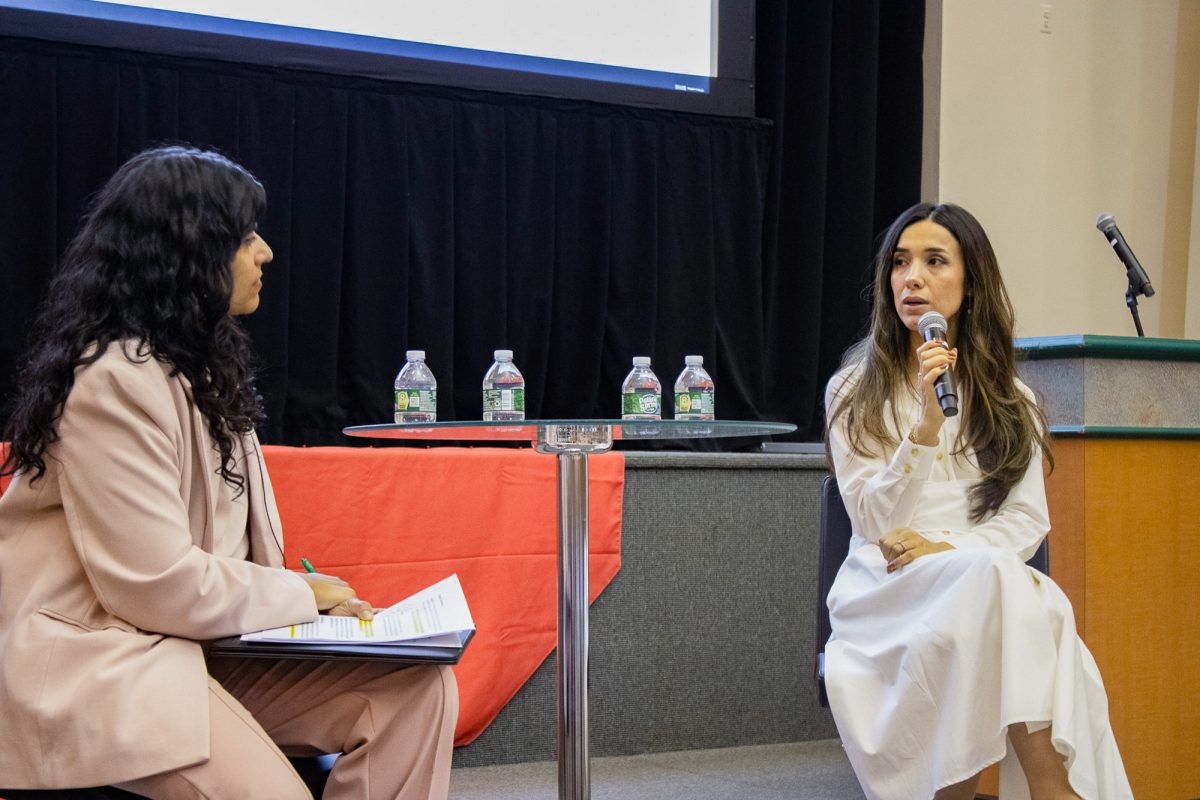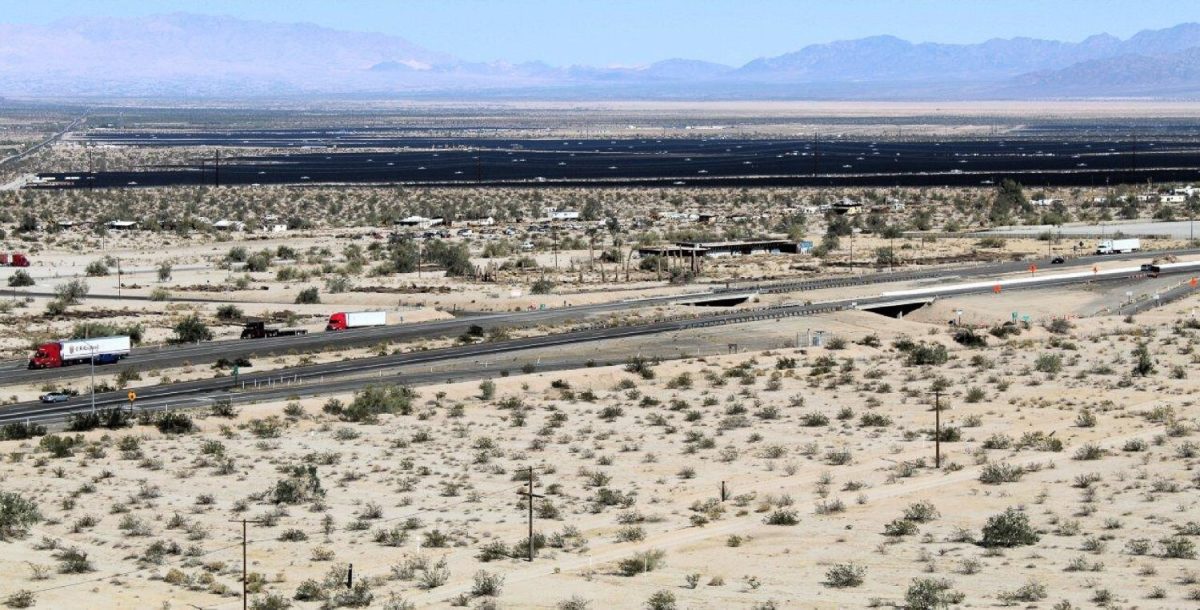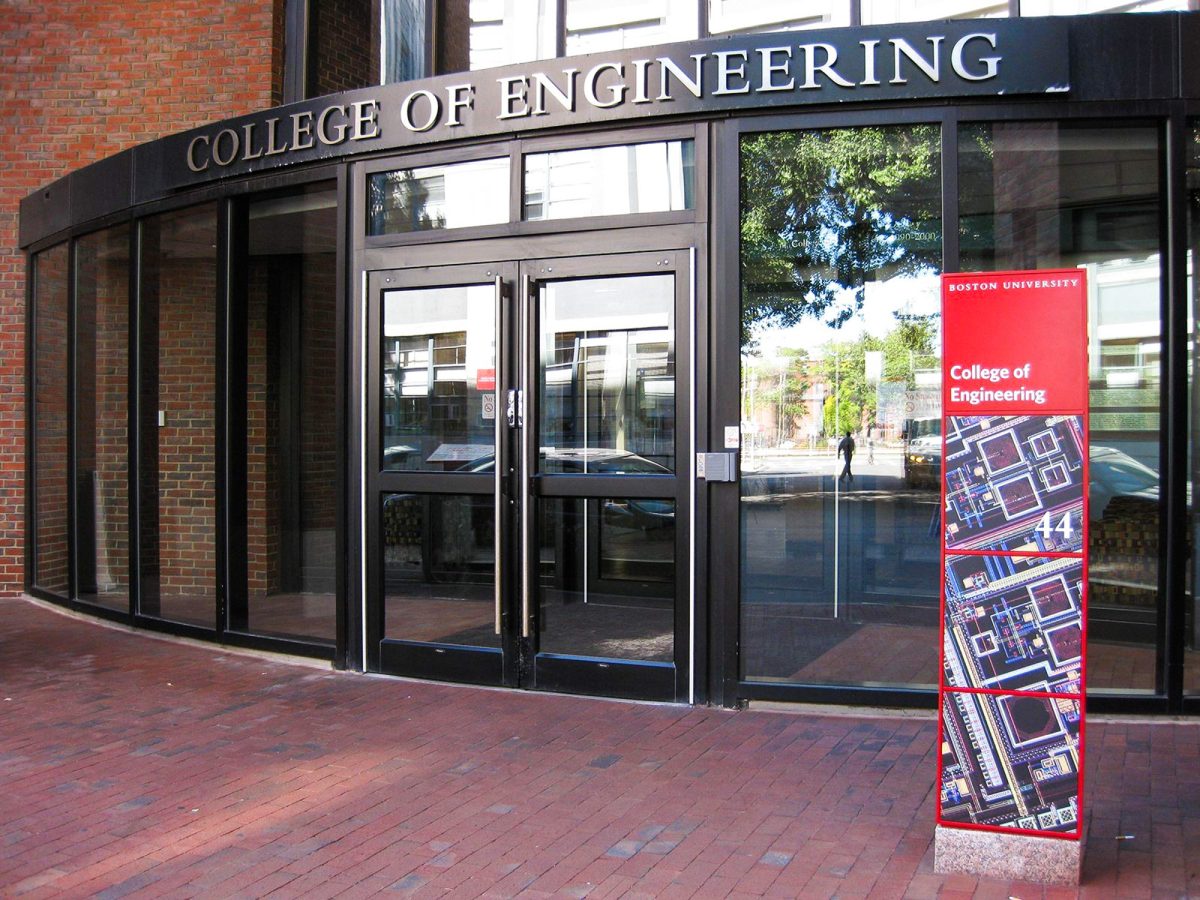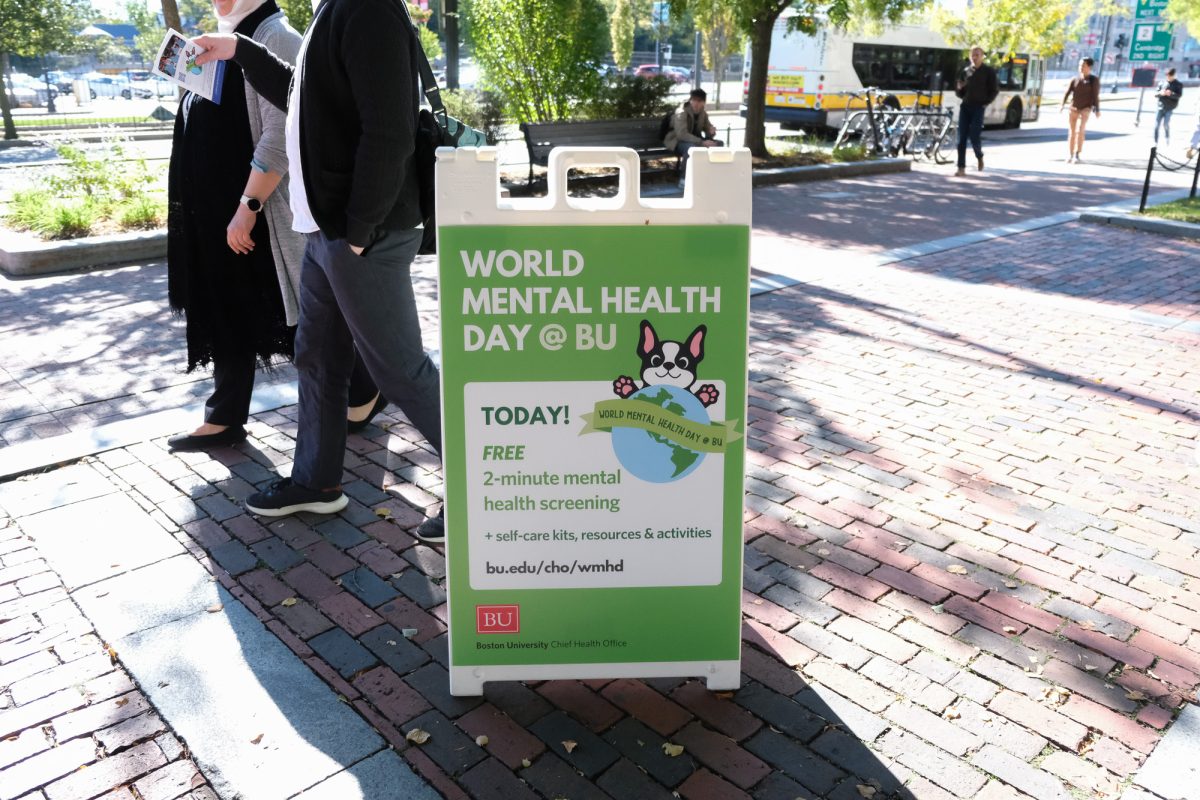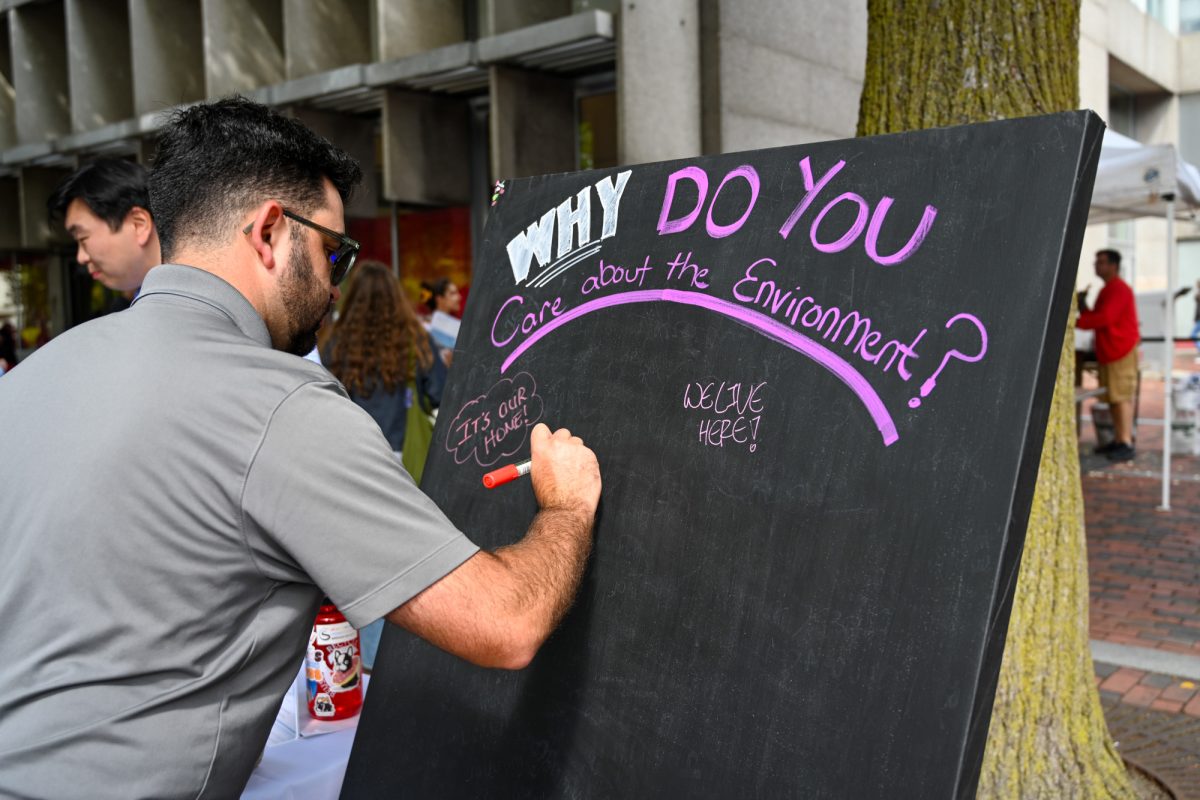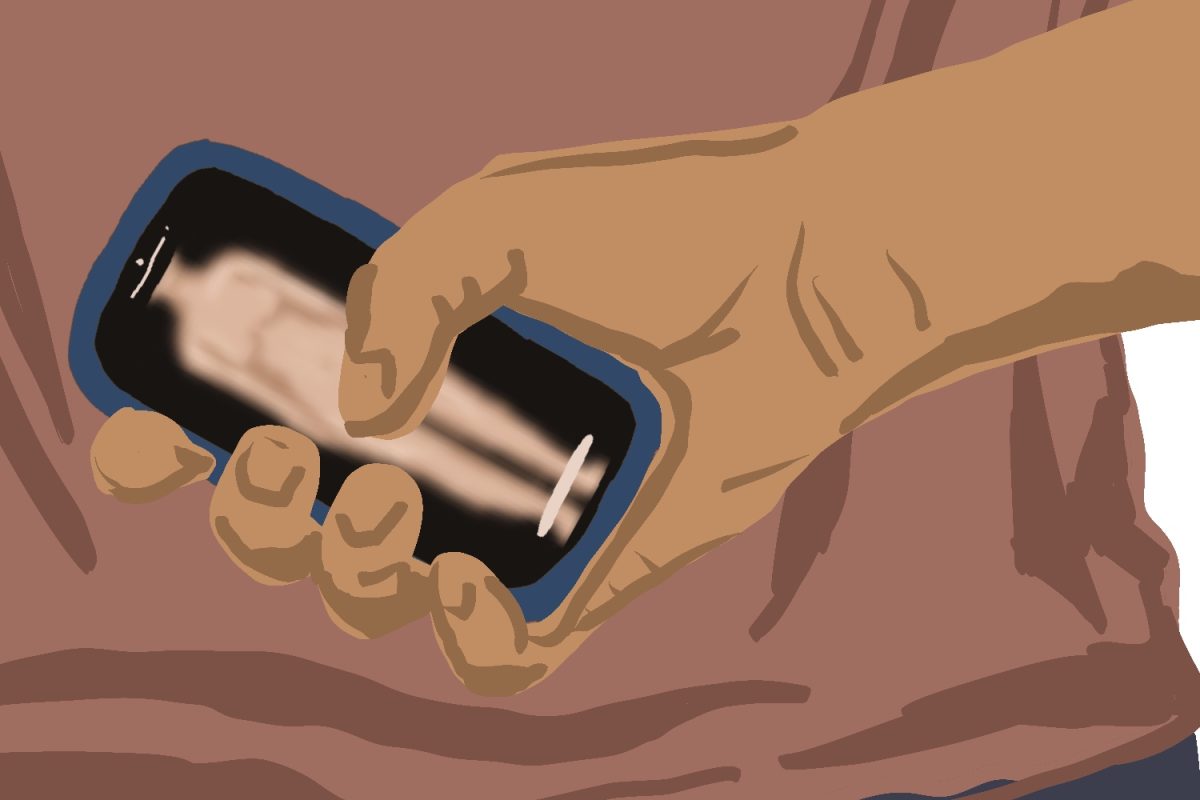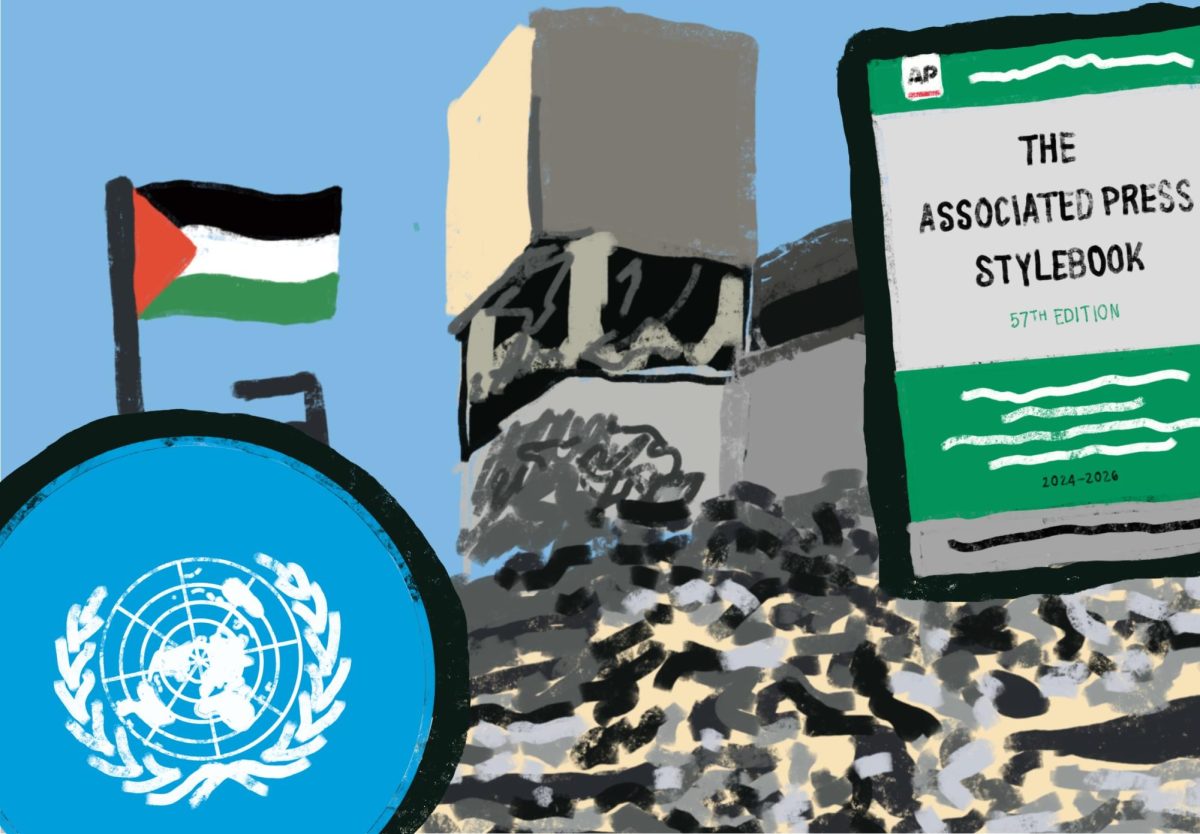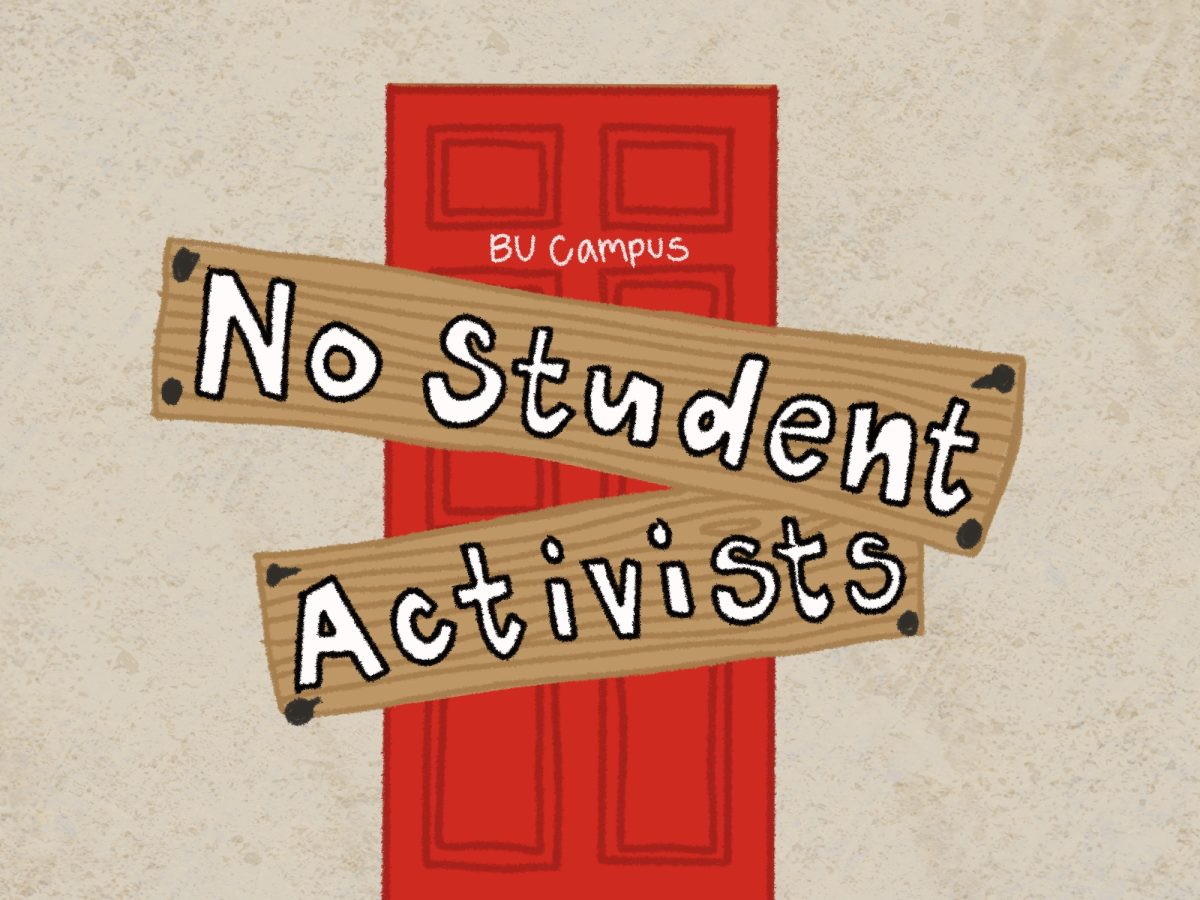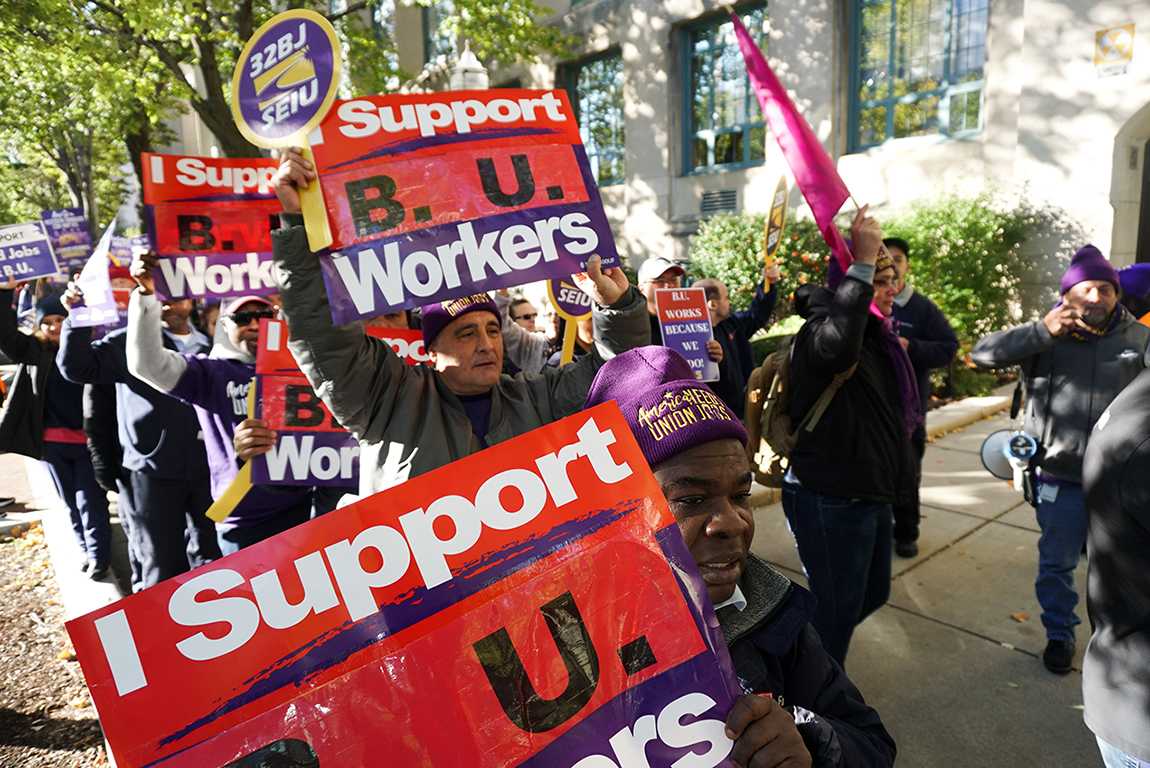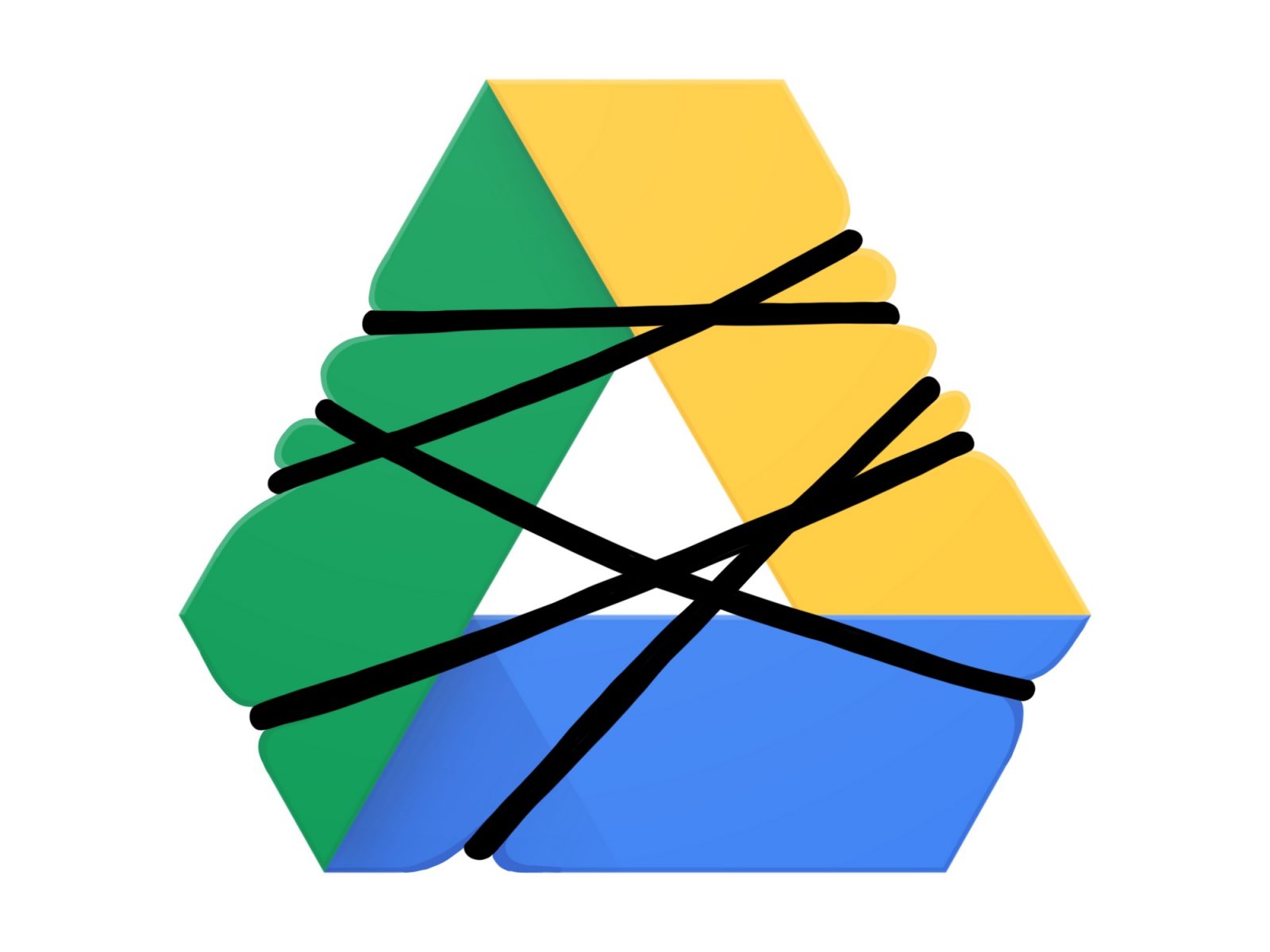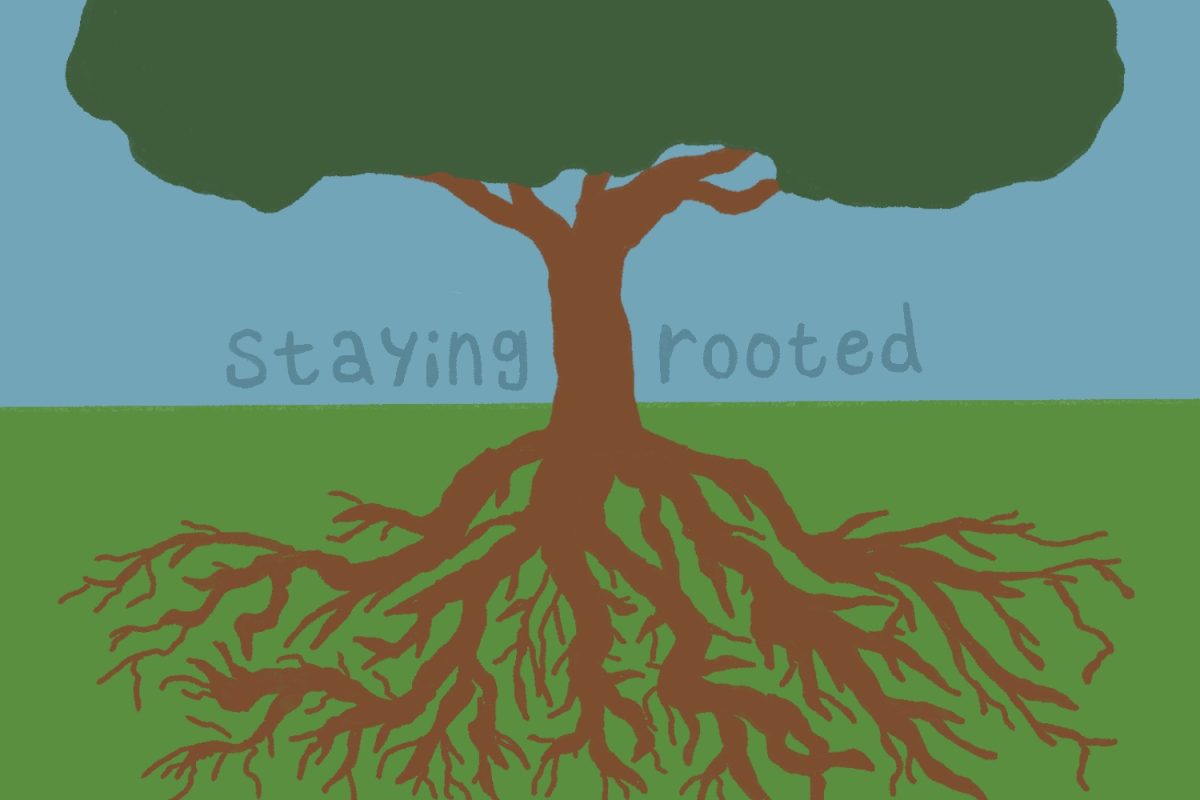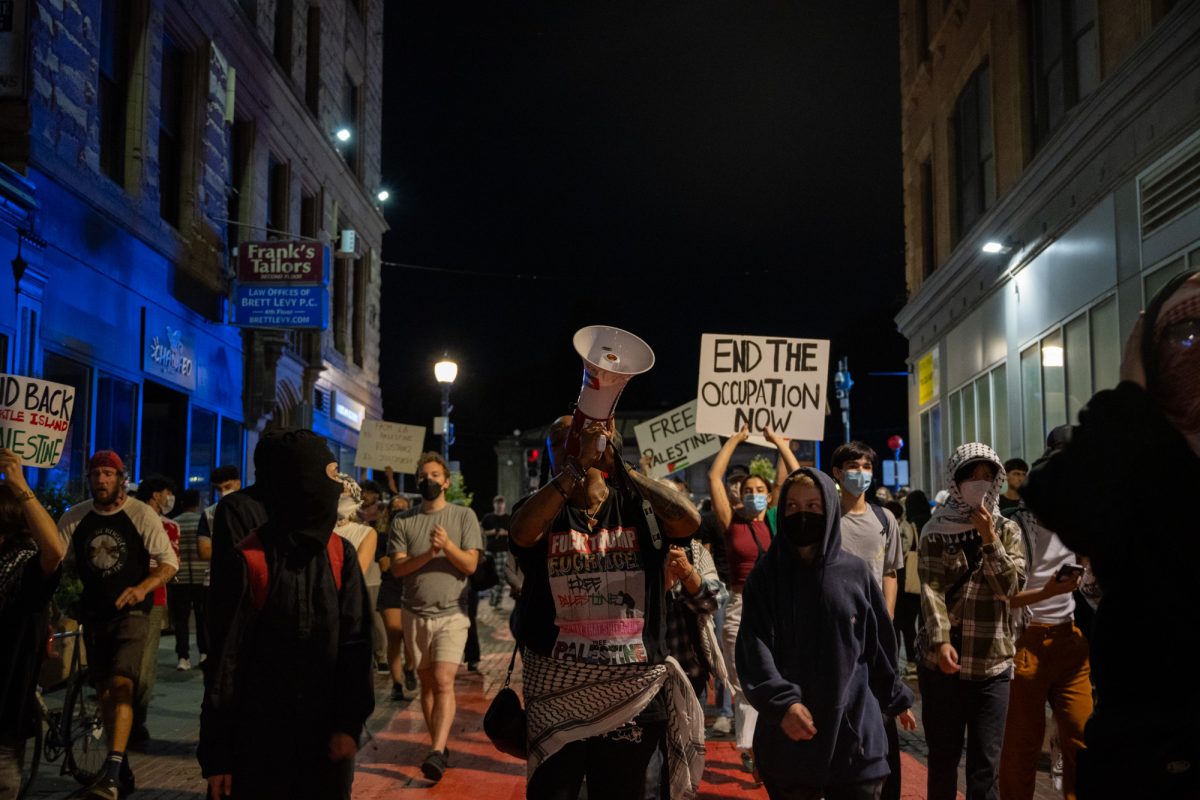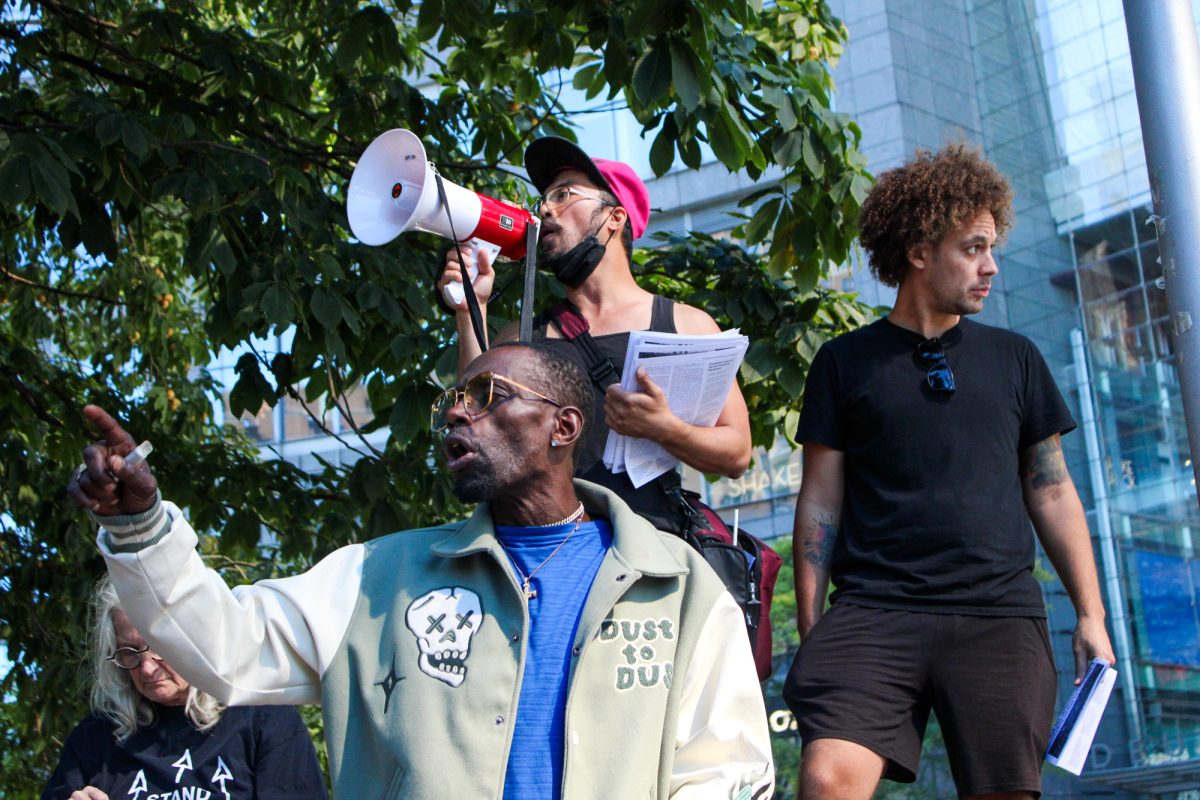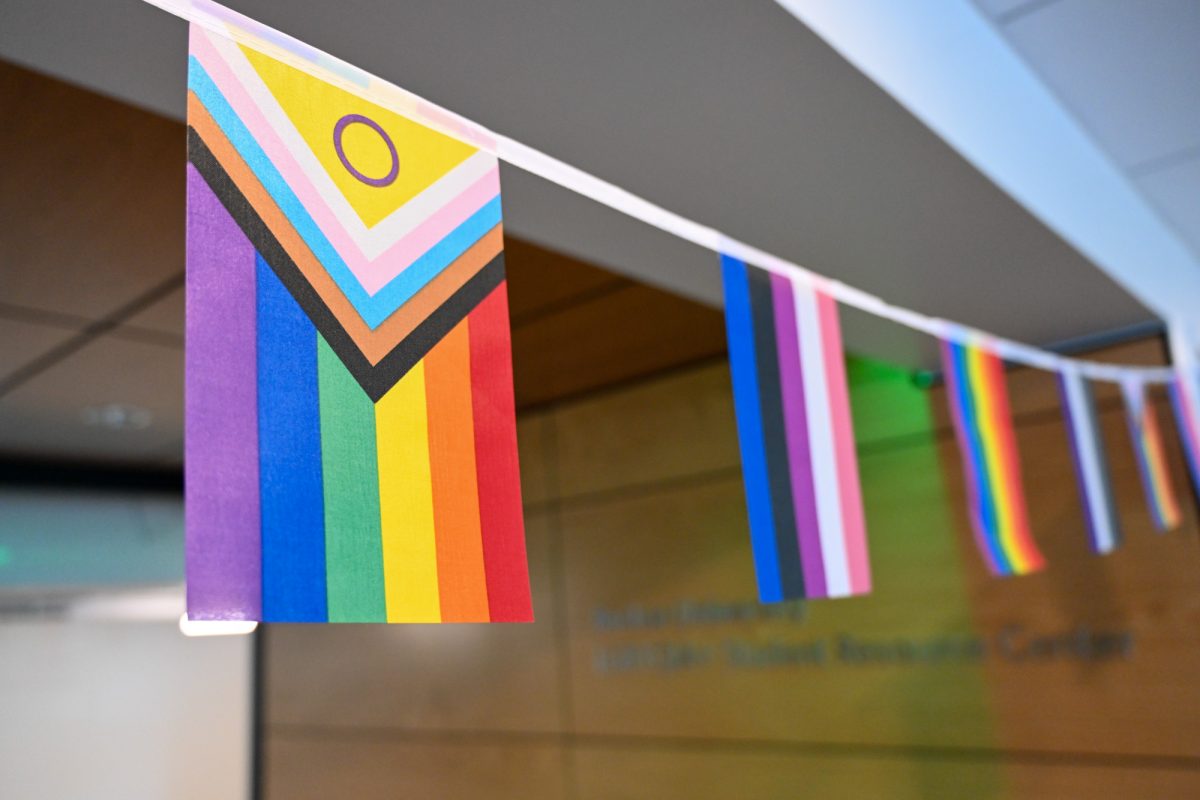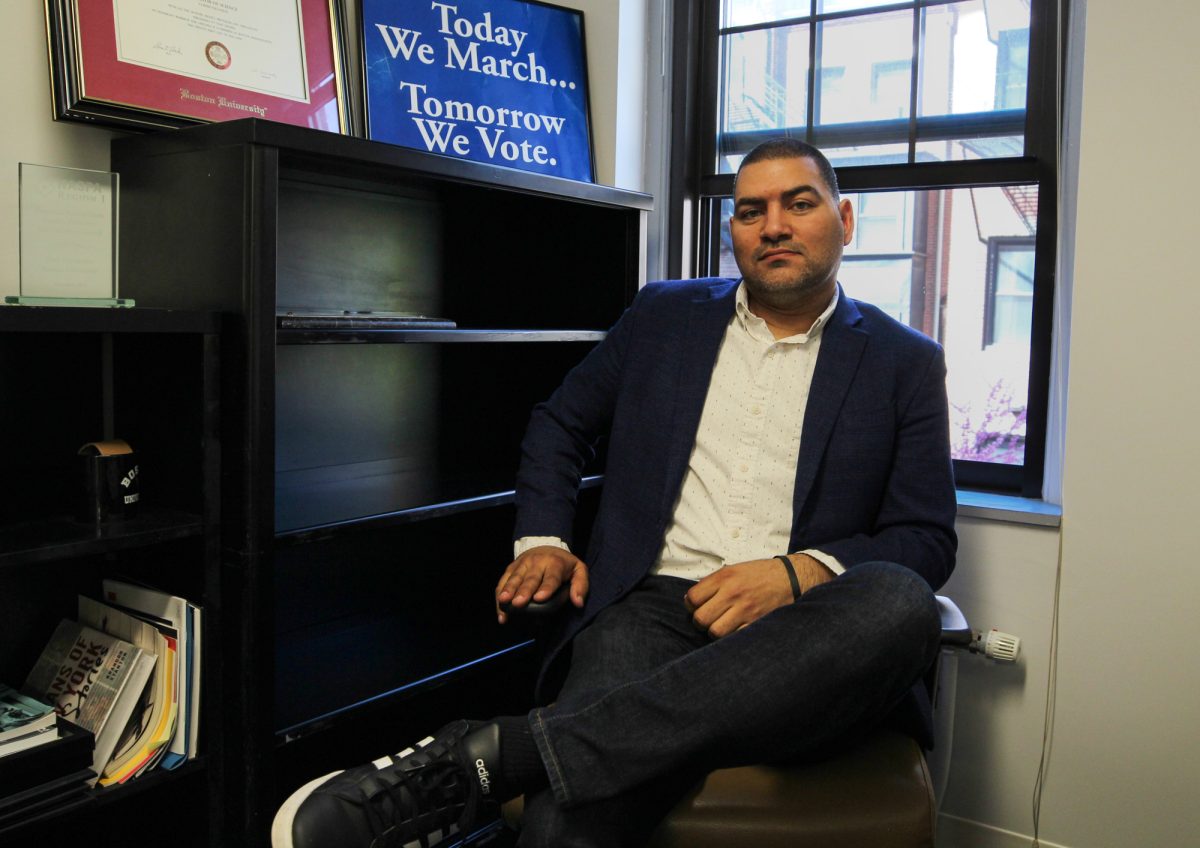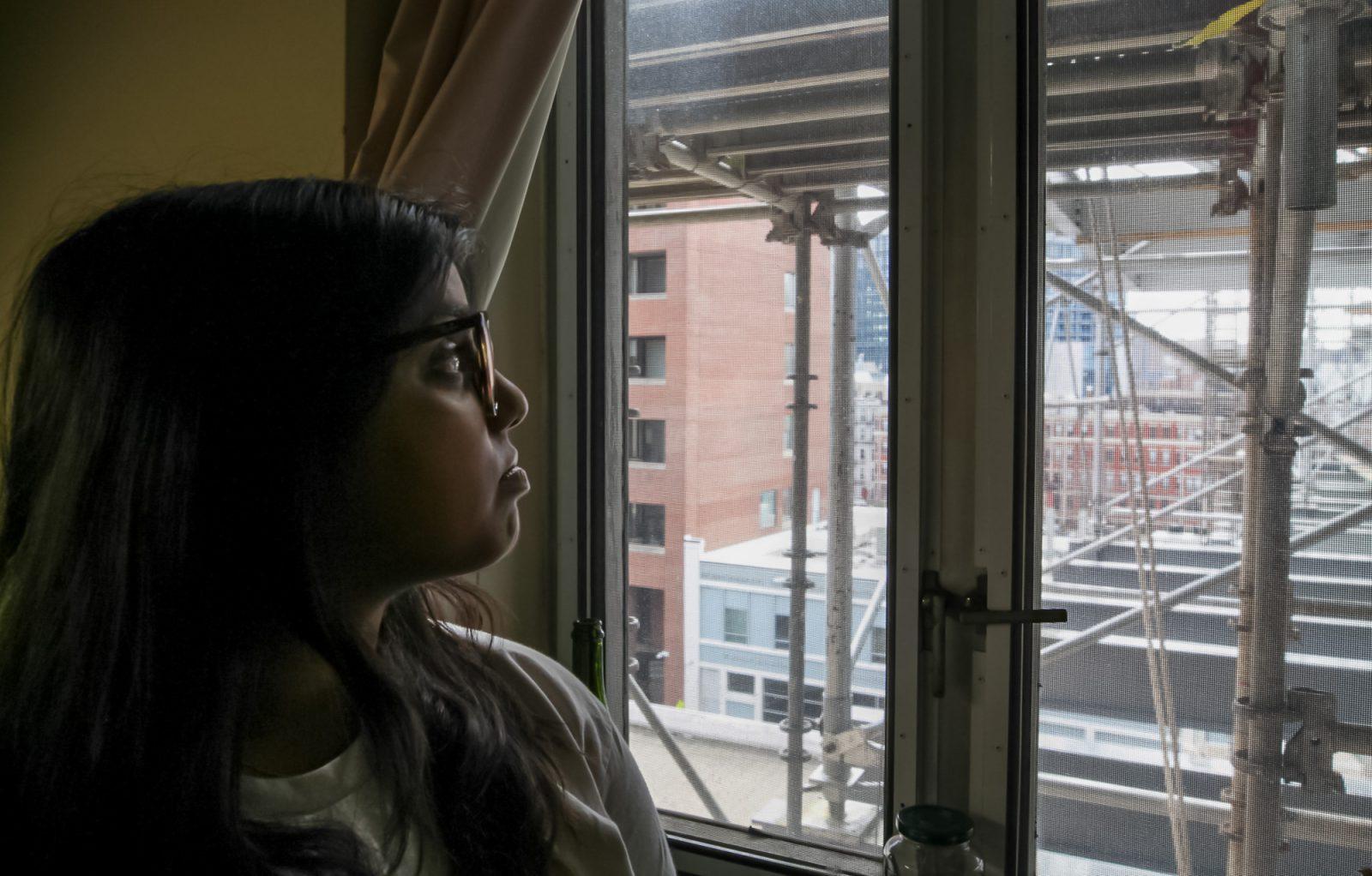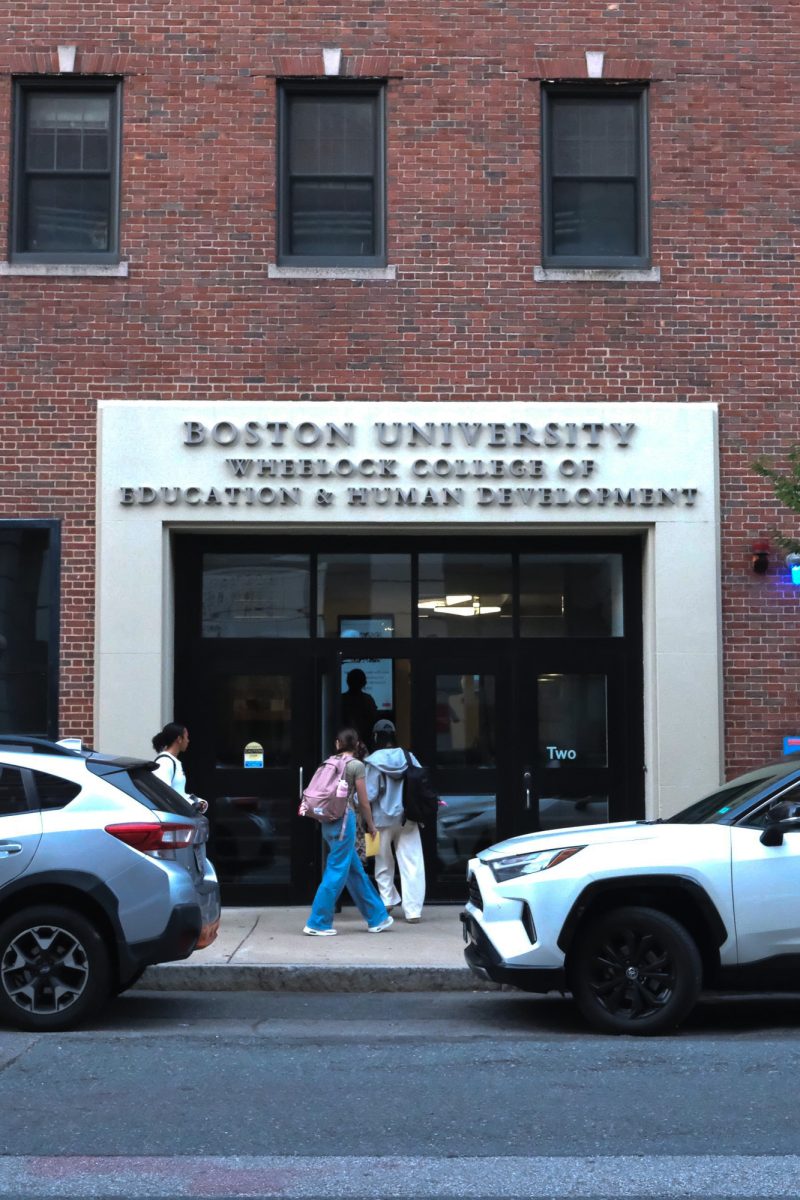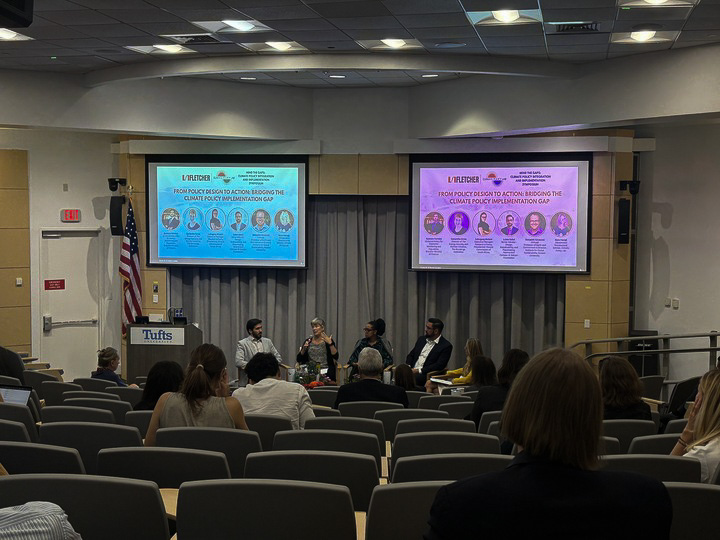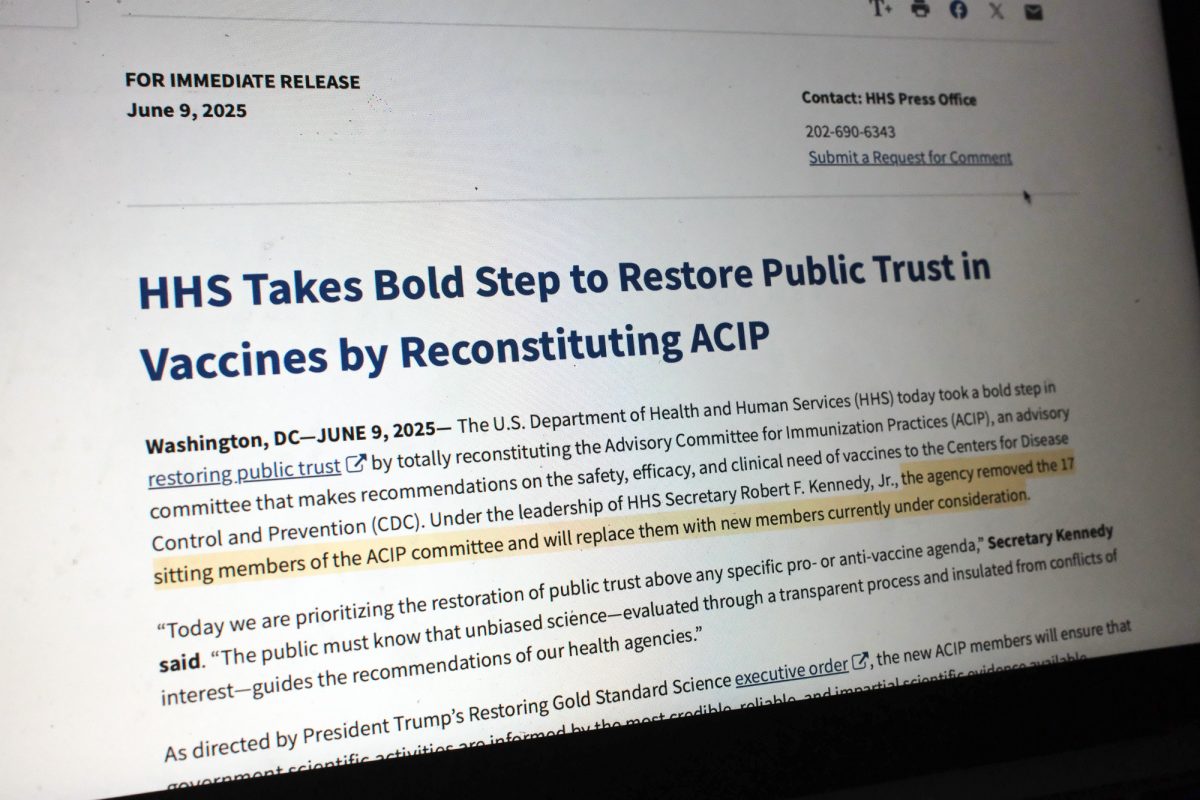When Alexander A. Dunlap and Benjamin Sovacool traveled across the country to investigate solar panel supply chains, they discovered the process behind producing clean solar energy was not so clean after all.
Dunlap, a Boston University postdoctoral research scientist, and Sovacool, a BU earth and environment professor, titled their project “Transformational Energy Justice Across the Supply Chain,” which aimed to explore the hidden impacts of the solar energy industry, Sovacool said.
“When we think about solar energy, [we] think about the household that has solar on the roof, or maybe a utility scale solar power plant where you see the panels,” he said. “By looking at that, you’re missing all the other hidden elements that may be affected by making or manufacturing or getting that solar panel.”
To examine these supply chains, Sovacool and Dunlap traveled all over the country. They went to the Rio Tinto Kennecott mine in Utah, a First Solar factory in Perrysburg, Ohio, various California neighborhoods, a penitentiary in Florida and a solar recycling factory in Arizona — sites where solar panels are mined, manufactured, used and eventually thrown out.
In many of these sites, the two found incidents where the production and destruction of solar panels were producing waste and causing damage to both the environment and human health.
In California, for instance, they found many solar energy extraction sites are installed in deserts, which has an enormous impact on the biome’s biodiversity.
While these deserts initially appear barren, Dunlap said, they contain a variety of hidden underground flora, including ancient trees that are vital to the absorption of carbon dioxide, which ultimately helps combat climate change.
“Their roots go very deep into the ground to access water, and so what they call the desert is an upside down forest,” Dunlap said.
Creating land for solar energy extraction sites often means clearing these plants out, ultimately harming their ecosystems, accelerating climate change and even creating new health problems.
“There’s millions and millions of panels, so there’s a rapid and aggressive expansion,” Dunlap said. “Even workers that we spoke to who were in favor of the [solar panel] park were saying it’s too much.”
Dunlap noted companies call themselves “net zero” while hiding how much energy and materials they actually use.
They found only about 10% to 15% of solar panels were actually being recycled “because it’s anywhere from five to 14 cents cheaper to landfill them,” Dunlap said.
While the mine in Utah attempted to reduce carbon footprint by digitalizing and electrifying processes, they did so to justify more mining, creating even more waste, Dunlap said.
At the penitentiary in Florida, where inmates help process electronic waste, Sovacool said he and Dunlap found the waste was not being handled properly.
“People were getting poisoned,” Sovacool said.
While many solar companies intend to be sustainable, they still end up producing many of these issues because of how the industry separates each stage of production, Sovacool said. As a result, he said each company ends up taking a narrow-minded approach to sustainability.
“No one sees the whole picture, which means we don’t have good standards or procedures across the whole supply chain,” Sovacool said. “You have to look at the whole system so you don’t miss hidden things that are happening.”
BU Earth and Environment professor Richard Reibstein echoed this need for a holistic assessment and said the most recent report on solar industry hazards was done in 1980.
“If we make the improvements that are needed, the kind of research that Alexander Dunlap and others have done is crucially important,” Reibstein said.
Companies need to more critically assess the energy input and waste output of their facilities, Dunlap said, while Sovacool emphasized the importance of being able to trace where solar panel materials actually wind up.
“Who’s accountable, and is it really being recycled, or is it just being chucked in a landfill?” Sovacool asked.
The lesson from these studies, Sovacool said, is not to fully reject solar panels and other forms of renewable energy — but to acknowledge that we can do better.
While people should acknowledge the unsustainable practices from which solar panels are made, solar energy is ultimately important for sustainable development, Dunlap said.
“[There’s] these two dual sides of hyper-romanticization, and then there’s demonization,” they said. “Both are completely wrong, and there has to be a more intelligent conversation.”

